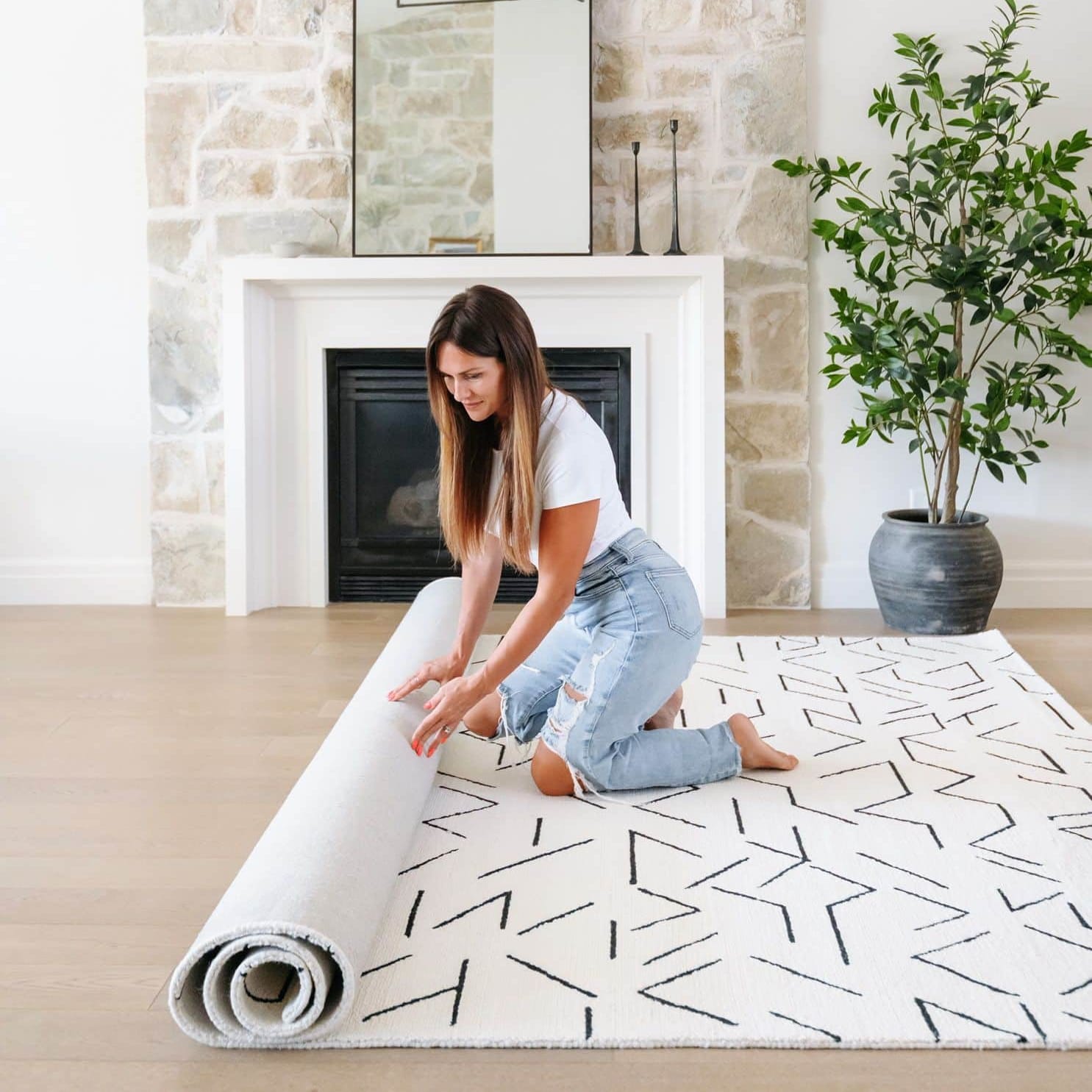

Articles
How Long Do Rugs Last
Modified: January 9, 2024
Discover the average lifespan of rugs and tips to extend their durability. Read our informative articles to learn how long rugs typically last and how to care for them.
(Many of the links in this article redirect to a specific reviewed product. Your purchase of these products through affiliate links helps to generate commission for Storables.com, at no extra cost. Learn more)
Introduction
Rugs can be a significant investment for homeowners, adding both style and functionality to a space. Whether it’s a plush area rug in the living room or a durable runner in the hallway, it’s important to understand how long rugs last to make informed purchasing decisions.
The lifespan of a rug is influenced by several factors, including the quality of materials, regular maintenance, usage, and environmental conditions. By familiarizing yourself with these factors, you can ensure that your rugs remain in excellent condition for as long as possible.
In this article, we will delve into the factors that affect the lifespan of rugs, signs of wear and tear to watch out for, and strategies for extending the longevity of your rugs. So, let’s dive in and discover how long rugs typically last and what you can do to maximize their lifespan.
Key Takeaways:
- Choosing high-quality materials like wool or synthetic fibers, practicing regular maintenance, and addressing spills promptly are crucial steps in preserving the condition of rugs and extending their lifespan.
- Factors such as material quality, maintenance and cleaning practices, traffic and usage, and environmental conditions all play a role in determining how long a rug will last. By considering these factors and taking proper care, you can ensure that your rugs remain an attractive and functional part of your home décor for years to come.
Read more: How Long Do Wool Rugs Last
Factors Affecting the Lifespan of Rugs
Several factors can influence how long a rug will last before showing signs of wear and tear. Understanding these factors can help you choose the right rug for your needs and implement proper care and maintenance practices. Here are the key factors that affect the lifespan of rugs:
1. Material Quality and Durability: The quality of the rug’s materials plays a crucial role in its durability. Rugs made from high-quality materials like wool, silk, or nylon tend to be more resilient and can withstand everyday use. On the other hand, rugs made from lower-quality materials or synthetic fibers may not last as long.
2. Maintenance and Cleaning: Proper maintenance and regular cleaning are essential for prolonging the life of your rugs. Vacuuming regularly to remove dirt and debris, promptly addressing spills and stains, and periodic deep cleaning are all important steps in maintaining the rug’s condition. Neglecting proper cleaning and maintenance can lead to accelerated wear and deterioration.
3. Traffic and Usage: The amount of foot traffic a rug receives and its intended usage can impact its lifespan. Rugs placed in high-traffic areas like hallways or entryways are more prone to wear compared to rugs in less frequently used areas. Similarly, rugs in homes with children and pets may experience more wear and tear due to increased activity levels.
4. Environmental Factors: Environmental conditions such as sunlight exposure, humidity, and temperature can affect the lifespan of rugs. Prolonged exposure to direct sunlight can cause fading and discoloration, while high humidity levels can lead to mold and mildew growth. Extreme temperature fluctuations can also weaken the rug’s fibers over time.
5. Quality of Construction: The construction quality of a rug, including the weaving technique and backing material, can impact its durability. Handmade rugs, such as Persian or Oriental rugs, are generally crafted with meticulous attention to detail and tend to last longer than machine-made rugs. Additionally, rugs with a sturdy backing material are less likely to experience stretching or separation.
By considering these factors when purchasing and caring for your rugs, you can make informed decisions that contribute to their longevity. In the next sections, we will explore signs of wear and tear to watch out for and strategies for extending the lifespan of your rugs.
Material Quality and Durability
The quality and durability of the materials used in a rug are key factors that determine its lifespan. Rugs made from high-quality materials tend to be more resistant to wear and can withstand daily foot traffic. Here are some common rug materials and their characteristics:
1. Wool: Wool is a popular choice for rugs due to its natural resilience and durability. It is known for its softness, luxurious feel, and ability to bounce back from foot imprints. Wool rugs are also naturally flame-resistant and have excellent stain resistance when properly treated. Additionally, wool is known for its insulating properties, making it suitable for both warm and cold climates.
2. Silk: Silk rugs are prized for their lustrous appearance and delicate feel. Silk fibers are smooth and naturally reflect light, giving the rug a distinct shimmer. While silk rugs are visually stunning, they are more delicate and require extra care to prevent damage. They are best suited for low-traffic areas or as decorative accents.
3. Cotton: Cotton rugs are lightweight, affordable, and easy to clean. They are often flat-woven or braided and are suitable for casual spaces like kitchens or bathrooms. However, cotton rugs may not be as durable as wool or synthetic materials, and they may fade or wear out faster under heavy use.
4. Synthetic Fibers: Synthetic materials like nylon, polyester, and polypropylene are commonly used in the manufacturing of rugs. These materials offer several benefits, including affordability, resistance to fading, and easy maintenance. Nylon, in particular, is recognized for its durability and ability to withstand heavy traffic. Polyester rugs are known for their vibrant colors and stain resistance, while polypropylene rugs are highly resistant to moisture and mold.
When assessing the material quality and durability of a rug, pay attention to factors such as thread count (denser is usually better), fiber density, and the overall construction technique. Handmade rugs, such as Persian or Oriental rugs, are often crafted with intricate details and a higher level of craftsmanship, making them more durable than machine-made counterparts.
Ultimately, the choice of material depends on your specific needs and preferences. If you anticipate heavy use or have active pets and children, opting for a durable material like wool or nylon would be a wise investment. Conversely, if you’re looking for a decorative accent in a low-traffic area, materials like silk or cotton can add a touch of elegance.
Regular maintenance and cleaning are crucial for preserving the quality and lifespan of rugs, regardless of the material. In the next section, we will explore maintenance and cleaning practices in more detail.
Maintenance and Cleaning
Proper maintenance and regular cleaning are essential for preserving the condition and extending the lifespan of your rugs. Here are some key practices to keep in mind:
1. Vacuuming: Regular vacuuming is crucial to remove dirt, dust, and debris that can accumulate in the rug’s fibers. Use a vacuum cleaner with adjustable settings to prevent excessive agitation, especially on delicate rugs. Be sure to vacuum both sides of the rug for a thorough clean.
2. Spot Cleaning: Promptly address spills and stains to prevent them from setting into the rug. Blot the affected area with a clean cloth or paper towel to absorb as much of the spill as possible. Avoid rubbing the stain, as this can cause it to spread. Use mild detergent or a recommended carpet cleaner to treat the stain following the manufacturer’s instructions.
3. Deep Cleaning: Periodic deep cleaning is essential to remove embedded dirt and allergens that regular vacuuming may not eliminate. Depending on the rug’s material and manufacturer’s guidelines, you can opt for professional cleaning services or use a carpet cleaner specifically designed for rugs. Avoid excessive moisture during the cleaning process, as it can damage the rug’s fibers or create a breeding ground for mold and mildew.
4. Rotation: To ensure even wear, rotate your rugs regularly. This is especially important for rugs placed in high-traffic areas. By rotating the rug every few months, you distribute foot traffic across different sections, preventing excessive wear and tear on specific areas.
5. Use Rug Pads: Investing in rug pads can provide additional protection for your rugs. Rug pads help prevent excessive movement, reduce friction between the rug and the floor, and provide cushioning. They also help extend the life of your rug by minimizing wear and tear caused by foot traffic.
6. Sunlight Protection: Prolonged exposure to direct sunlight can cause fading and discoloration in rugs. If possible, position your rugs away from windows or use window treatments to minimize sun exposure. Additionally, consider rotating the rug periodically to ensure uniform fading if it cannot be completely shielded from sunlight.
7. Professional Restoration: If your rug sustains damage or exhibits signs of wear and tear, consider seeking professional restoration services. Professional rug restorers have the expertise and tools to repair and revive rugs, extending their lifespan and preserving their beauty.
By following these maintenance and cleaning practices, you can significantly prolong the lifespan of your rugs and keep them looking pristine for years to come. In the next section, we will explore how factors such as traffic and usage can impact the durability of your rugs.
Traffic and Usage
The level of foot traffic and the intended usage of a rug play a significant role in its lifespan. Rugs placed in high-traffic areas can quickly show signs of wear and tear compared to those in low-traffic spaces. Additionally, the type of usage the rug receives can impact its durability. Here are some key factors to consider:
1. High-Traffic Areas: Rugs in high-traffic areas such as entryways, hallways, and living rooms are more prone to wear and tear. Constant foot traffic, including shoes with abrasive soles, can cause fibers to flatten or fray over time. It’s important to choose rugs made from durable materials and consider using rug runners or carpet tiles in these areas for added protection.
2. Children and Pets: Homes with children and pets tend to have higher activity levels and increased wear on rugs. Running, playing, and pet claws can contribute to quicker deterioration. Choosing rugs that are specifically designed to withstand heavy use or opting for synthetic materials known for their durability can help mitigate the impact of children and pets on the rug’s lifespan.
3. Furniture Placement: The placement of furniture on rugs can also affect their durability. Heavy furniture that sits directly on the rug can compress the fibers and lead to permanent indentations. To prevent this, use furniture pads or rearrange furniture periodically to redistribute weight and allow the rug to recover.
4. Layering and Protection: Layering rugs, particularly in high-traffic areas, can provide an extra layer of protection. Use a larger, more durable rug as the base layer and place a smaller, accent rug on top. This not only adds visual interest but also helps protect the primary rug from heavy wear. Additionally, consider using furniture coasters or rug pads to prevent furniture legs from damaging the rug.
5. Consider Usage Patterns: Understanding how you intend to use the rug can influence your choice of material and construction. For example, rugs in formal dining rooms may be more susceptible to food and drink spills, while rugs in bedrooms may primarily experience foot traffic and the occasional rearrangement of furniture. Tailoring your rug choice to accommodate specific usage patterns can help prolong its lifespan.
By considering traffic and usage factors when selecting and placing rugs, you can choose the appropriate materials and take preventative measures to minimize the impact of wear and tear. In the next section, we will explore how environmental factors can affect the lifespan of rugs.
Rotate your rug regularly to ensure even wear and vacuum it regularly to prevent dirt and debris from causing damage. Consider using rug pads to protect the rug and extend its lifespan.
Read more: How Long Do Trampolines Last
Environmental Factors
Environmental conditions can have a significant impact on the lifespan of your rugs. Factors such as sunlight exposure, humidity levels, and temperature fluctuations can affect the appearance and structural integrity of rugs. Understanding these environmental factors can help you take appropriate measures to protect your rugs. Here are the key environmental factors to consider:
1. Sunlight Exposure: Prolonged exposure to direct sunlight can cause fading and discoloration in rugs, especially those made from natural fibers. UV rays can degrade the rug’s dyes and weaken the fibers over time. If possible, position your rugs away from windows or use window treatments like blinds or curtains to minimize sun exposure. Alternatively, consider rotating the rug periodically to ensure uniform fading if complete sun protection is not feasible.
2. Humidity Levels: High humidity levels can create a conducive environment for mold and mildew growth, which can lead to unpleasant odors and damage the rug’s fibers. It’s important to ensure proper ventilation in rooms with high humidity, such as bathrooms or basements. Using dehumidifiers or air conditioners can help control moisture levels and protect your rugs.
3. Temperature Fluctuations: Extreme temperature fluctuations can cause the fibers in rugs to expand and contract, leading to potential damage over time. If possible, avoid placing rugs in areas with fluctuating temperatures, such as near heating vents or fireplaces. Additionally, rugs in rooms with temperature control, such as air-conditioned or heated spaces, are less likely to be exposed to temperature extremes.
4. Moisture and Spills: Moisture from spills or leaks can seep into the rug, leading to mold and mildew growth or fiber deterioration. It’s crucial to address spills and moisture promptly by blotting them with a clean cloth and ensuring the rug is thoroughly dried. Using a waterproof rug pad can also provide an additional layer of protection against moisture from underlying floors.
5. Air Quality: Indoor air quality can affect the overall cleanliness and longevity of your rugs. Dust, pollen, and other airborne particles can accumulate in rug fibers over time, leading to a dull appearance and potential allergen buildup. Regular vacuuming and periodic deep cleaning can help remove these particles and maintain better air quality in your home.
By being mindful of these environmental factors and implementing preventive measures, you can protect your rugs from potential damage and extend their lifespan. In the next section, we will discuss the signs of wear and tear to watch out for in your rugs.
Signs of Wear and Tear
Over time, rugs may start to show signs of wear and tear, indicating that they require attention or possibly replacement. Being able to identify these signs can help you take appropriate action and prevent further damage. Here are some common indicators of wear and tear in rugs:
1. Fading or Discoloration: A rug that has faded or experienced color changes may be a sign of prolonged exposure to sunlight. Fading can occur unevenly if certain areas of the rug receive more sunlight than others. Discoloration from spills or stains that couldn’t be fully removed may also contribute to a rug’s worn appearance.
2. Frayed or Worn Edges: The edges of a rug may start to fray or wear down, especially in high-traffic areas. Excessive foot traffic, insufficient rug padding, or rough vacuuming techniques can lead to this type of damage. Promptly addressing frayed edges can help prevent further unraveling and extend the rug’s lifespan.
3. Thinning or Balding Areas: Rugs that have thin or bald spots indicate that the fibers have worn down significantly. High-traffic areas, such as the center of a hallway rug or the spot in front of a frequently used chair, are prone to this type of wear. Thin areas may also occur due to aggressive spot cleaning or improper maintenance techniques.
4. Matting or Crushing: Matting refers to the flattening of the rug’s fibers, resulting in a matted or compacted appearance. This can occur in areas with heavy foot traffic or furniture placement. Crushing happens when furniture leaves indentations on the rug’s surface, which may become permanent over time. Using furniture coasters or rearranging furniture can help prevent this type of damage.
5. Loose or Damaged Threads: Loose threads or snags on the surface of the rug may indicate damage or unraveling of the fibers. This can result from pet claws, sharp objects, or rough usage. Addressing loose threads promptly can prevent further unraveling and potential structural damage to the rug.
6. Odors: Unpleasant odors can occur in rugs due to spills, pet accidents, moisture, or mildew growth. If your rug consistently emits a musty or foul smell that cannot be eliminated through cleaning, it may be a sign of underlying damage or irreversible odor absorption. In such cases, professional rug cleaning or replacement may be necessary.
It’s important to regularly inspect your rugs for these signs of wear and tear. By identifying any issues early on, you can take appropriate steps such as professional cleaning, repairs, or replacement to preserve the appearance and functionality of your rugs.
In the next section, we will discuss strategies for extending the lifespan of your rugs to ensure they remain in optimal condition for as long as possible.
Extending the Lifespan of Rugs
To maximize the lifespan of your rugs and keep them looking their best, it’s important to implement strategies that promote their longevity. Here are some effective ways to extend the lifespan of your rugs:
1. Regular Maintenance: Consistent care and maintenance are essential for keeping your rugs in good condition. Regular vacuuming removes dirt and debris from the fibers, preventing them from becoming embedded and causing wear. Vacuum both sides of the rug to ensure a thorough clean.
2. Promptly Address Spills: Accidents happen, and when spills occur, it’s crucial to act quickly. Blot the spill with a clean cloth or paper towel to absorb as much liquid as possible. Avoid rubbing the stain, as it can push the spill deeper into the fibers. Treat the stain with a mild detergent or recommended carpet cleaner to prevent it from setting.
3. Rotate Your Rugs: To ensure even wear and tear, rotate your rugs regularly. This distributes foot traffic across different areas of the rug and prevents overuse in specific spots. Aim to rotate your rugs every 6-12 months, depending on the level of usage and traffic in your home.
4. Use Rug Pads: Rug pads provide cushioning and help prevent slipping, as well as protect the rug’s backing from excessive friction with the floor. Ensure the rug pad is appropriate for the type of flooring it will be placed on and invest in a high-quality pad that offers sufficient thickness and grip.
5. Limit Sun Exposure: Direct sunlight can cause fading and discoloration in rugs. Position your rugs away from windows or use window treatments like blinds or curtains to minimize sun exposure. If the rug is in an area with unavoidable sunlight, regularly rotate it to ensure more even fading.
6. Control Humidity: High humidity levels can lead to mold and mildew growth, which can damage rugs. Use dehumidifiers, air conditioners, or proper ventilation to control humidity levels in your home. In areas with high humidity, consider using moisture-absorbing products like desiccants or silica gel packets near rugs.
7. Regular Deep Cleaning: Periodic deep cleaning helps remove dirt and allergens that regular vacuuming may not eliminate. Depending on the rug’s material and manufacturer’s guidelines, opt for professional cleaning services or use a carpet cleaner specifically designed for rugs. Avoid excessive moisture during the cleaning process, as it can damage the rug’s fibers.
8. Avoid Excessive Wear and Tear: Minimize activities that could cause unnecessary stress on your rugs. For example, avoid wearing shoes indoors, especially on delicate rugs. Use furniture coasters or pads to prevent heavy furniture from compressing the rug’s fibers and creating indentations.
9. Professional Restoration: If your rug sustains damage or starts showing signs of significant wear and tear, consider seeking professional restoration services. Skilled rug restorers can repair, reinforce, and revive rugs, ensuring their longevity and preserving their beauty.
By implementing these strategies, you can significantly extend the lifespan of your rugs and enjoy their beauty and functionality for many years to come.
To conclude, understanding the factors that affect the lifespan of rugs, such as material quality, maintenance, usage, environmental conditions, and recognizing signs of wear and tear, is crucial for making informed decisions and maximizing their longevity. By taking proper care of your rugs and implementing preventative measures, you can ensure they remain an asset to your home for years to come.
Conclusion
Rugs are not only functional pieces that add warmth and comfort to our homes but also significant investments that deserve proper care and attention. By understanding the factors that affect the lifespan of rugs and implementing strategies to extend their longevity, you can enjoy their beauty and functionality for many years to come.
Factors such as material quality, maintenance and cleaning practices, traffic and usage, and environmental conditions all play a role in determining how long a rug will last. Choosing rugs made from high-quality materials like wool or synthetic fibers, practicing regular maintenance, and addressing spills promptly are crucial steps in preserving their condition.
Environmental factors, such as sunlight exposure, humidity levels, and temperature fluctuations, can also impact the lifespan of rugs. Minimizing sun exposure, controlling humidity, and protecting rugs from extreme temperature changes can help prevent fading, discoloration, and fiber damage.
Recognizing the signs of wear and tear, such as fading, frayed edges, thinning, and odors, allows you to take proactive measures to address these issues. Regular maintenance, rotating rugs, using rug pads, and seeking professional restoration when necessary can help extend the lifespan of your rugs and keep them looking their best.
In conclusion, by considering all these factors and taking proper care of your rugs, you can ensure that they remain an attractive and functional part of your home décor for years to come. So, invest in quality rugs, implement regular maintenance routines, and be proactive in addressing any signs of wear and tear. Your rugs will reward you with beauty, comfort, and longevity.
Frequently Asked Questions about How Long Do Rugs Last
Was this page helpful?
At Storables.com, we guarantee accurate and reliable information. Our content, validated by Expert Board Contributors, is crafted following stringent Editorial Policies. We're committed to providing you with well-researched, expert-backed insights for all your informational needs.
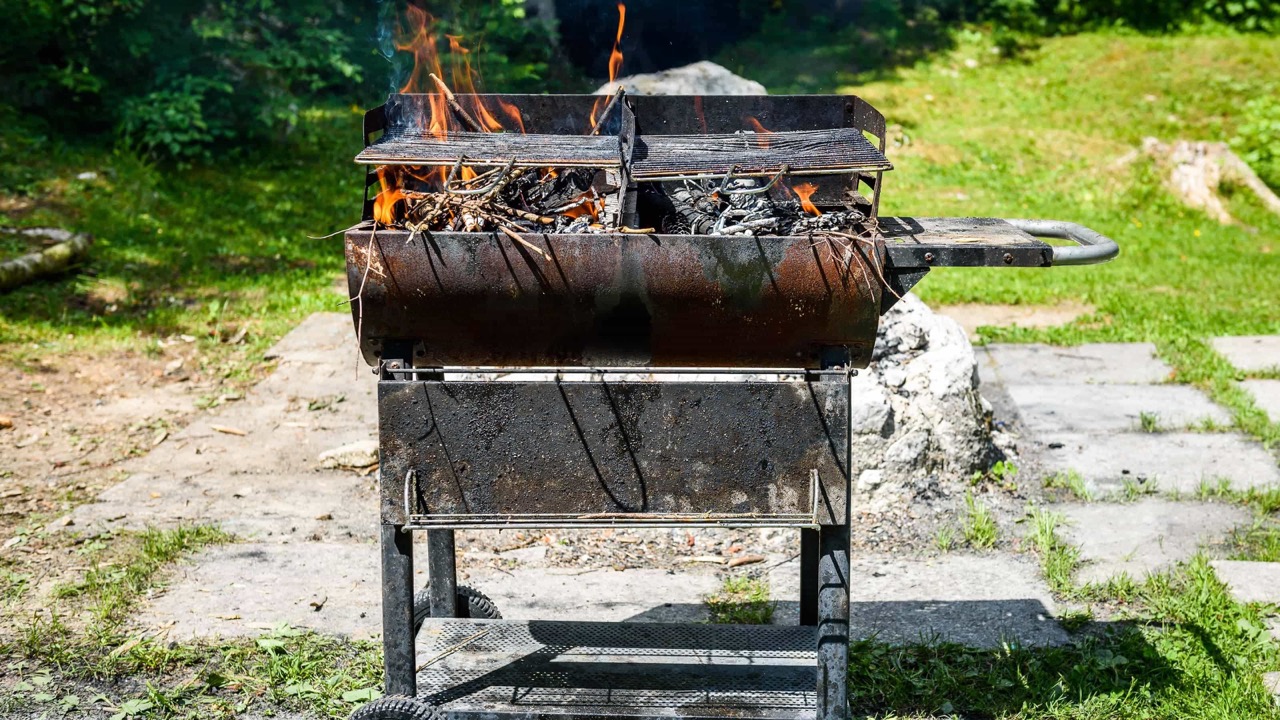
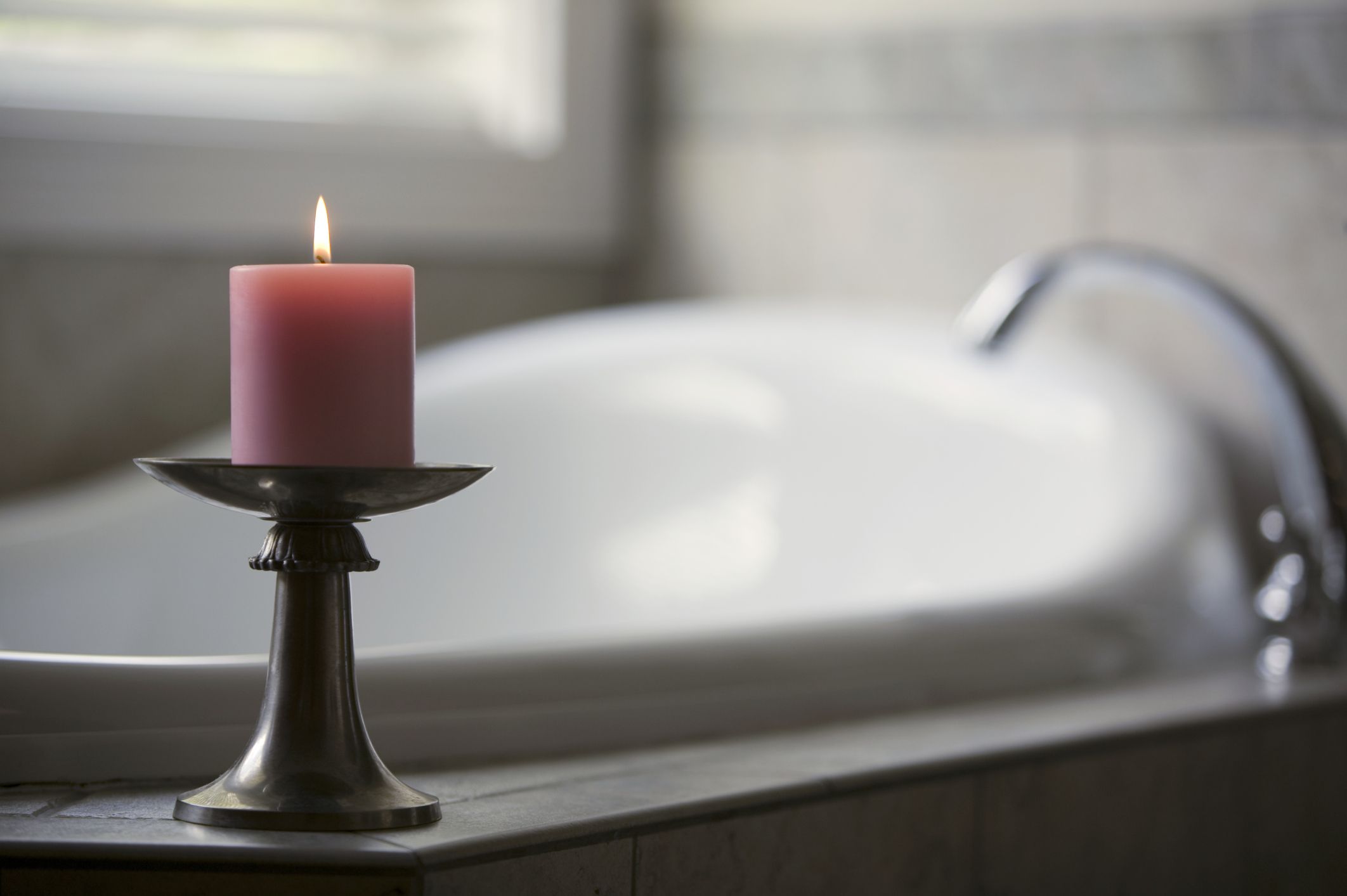

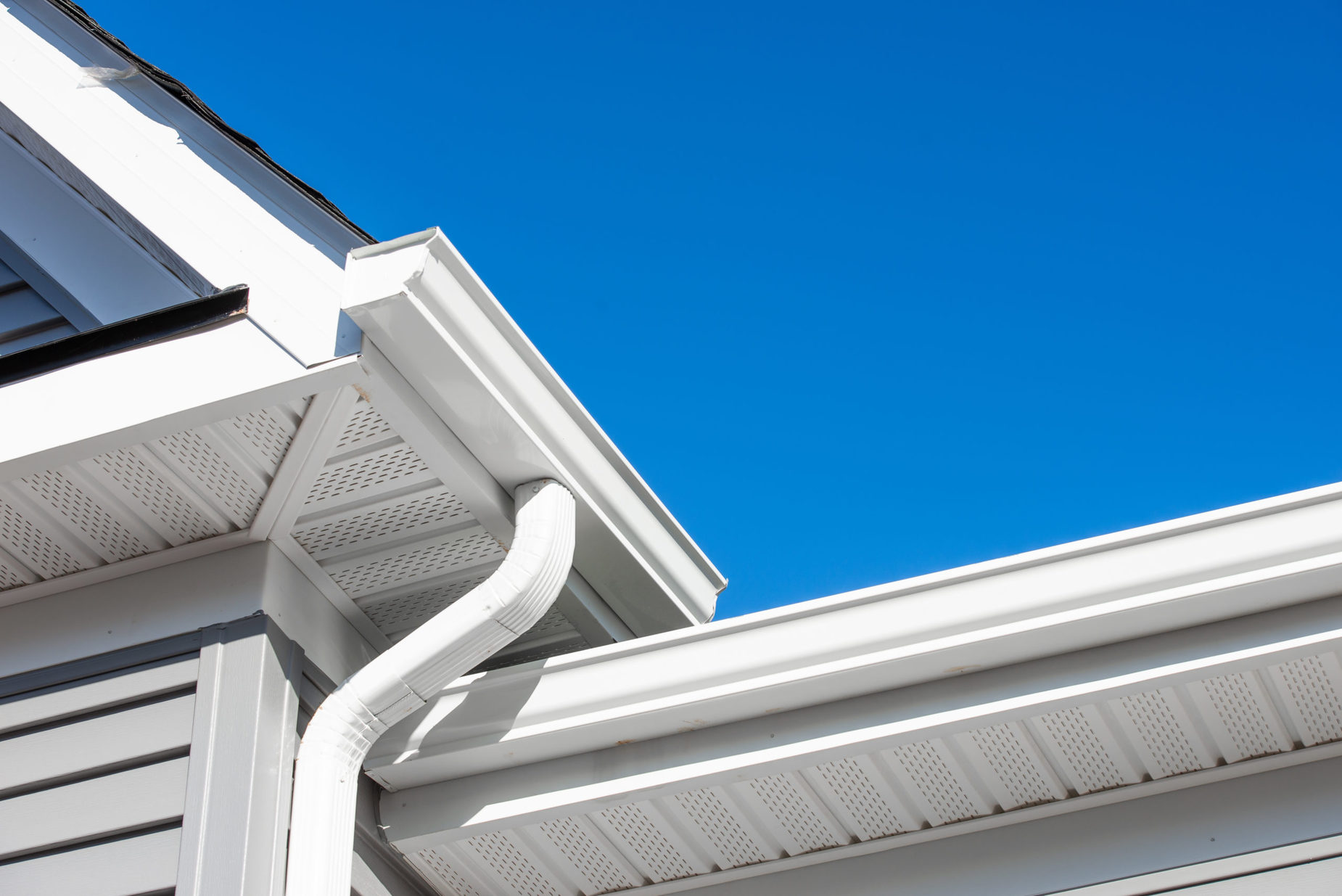

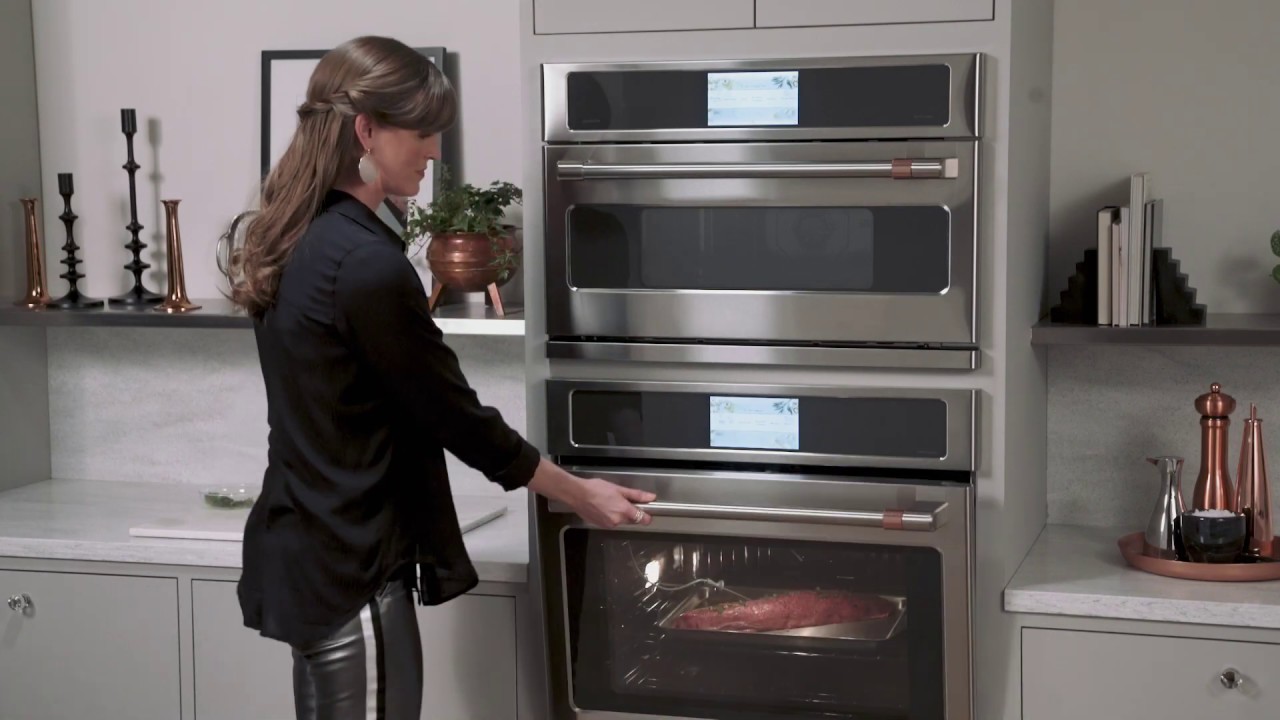

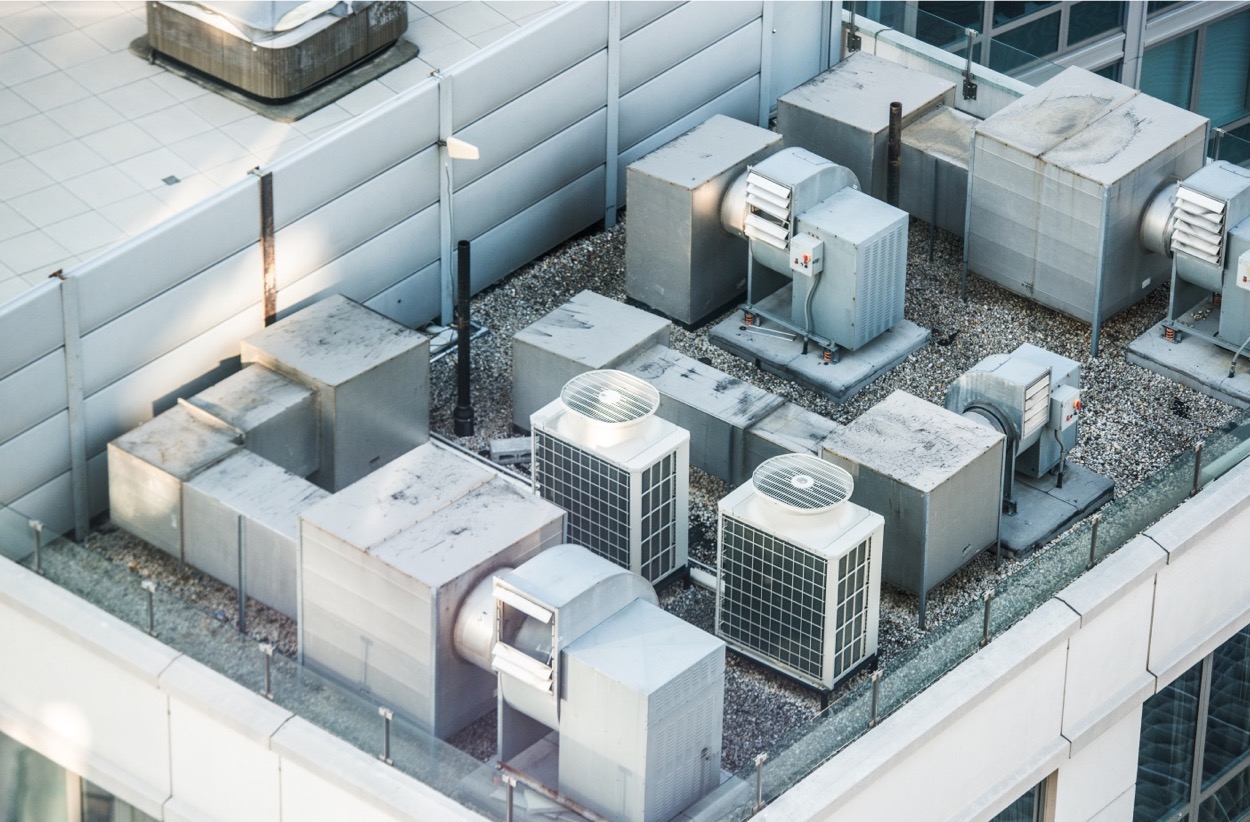

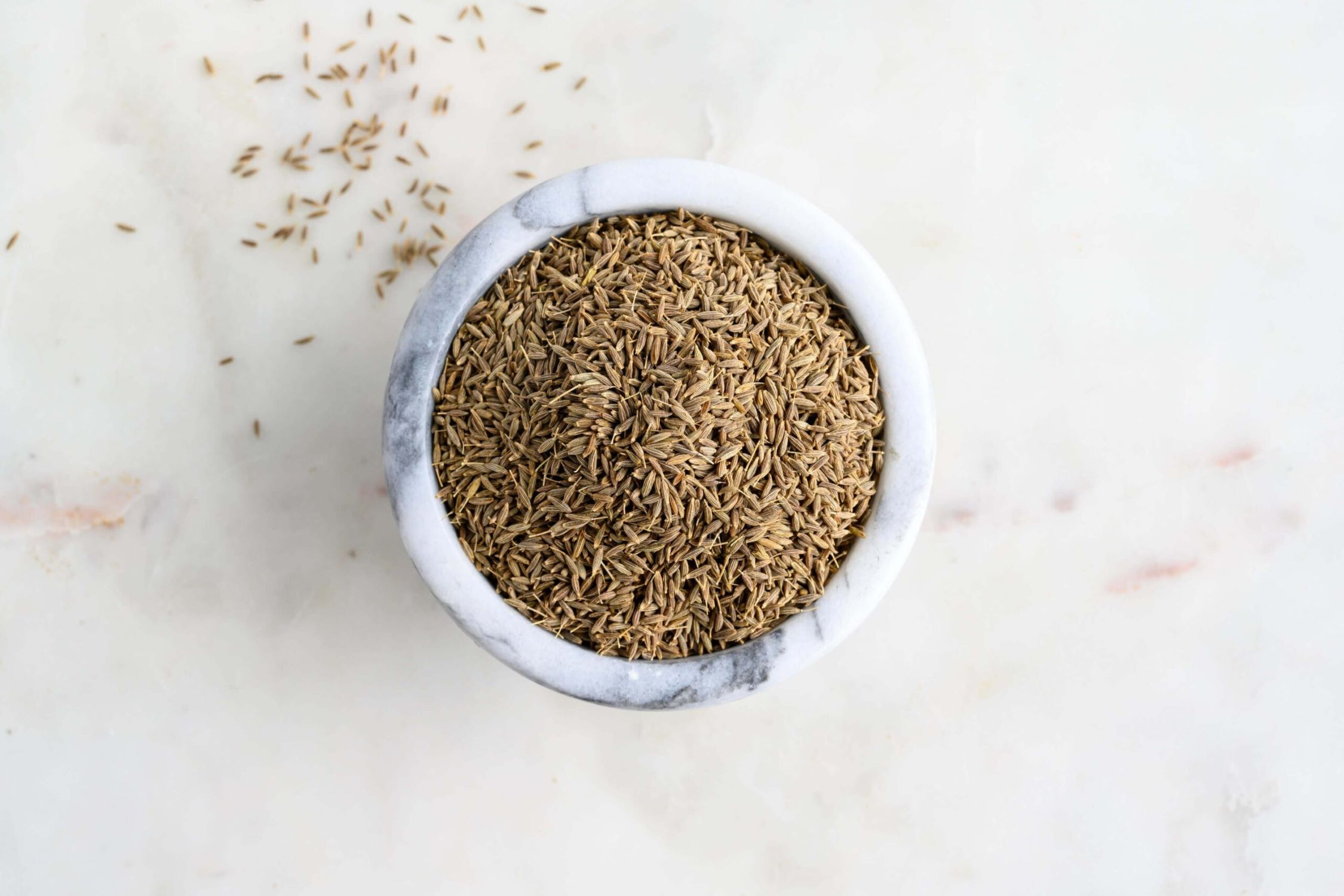
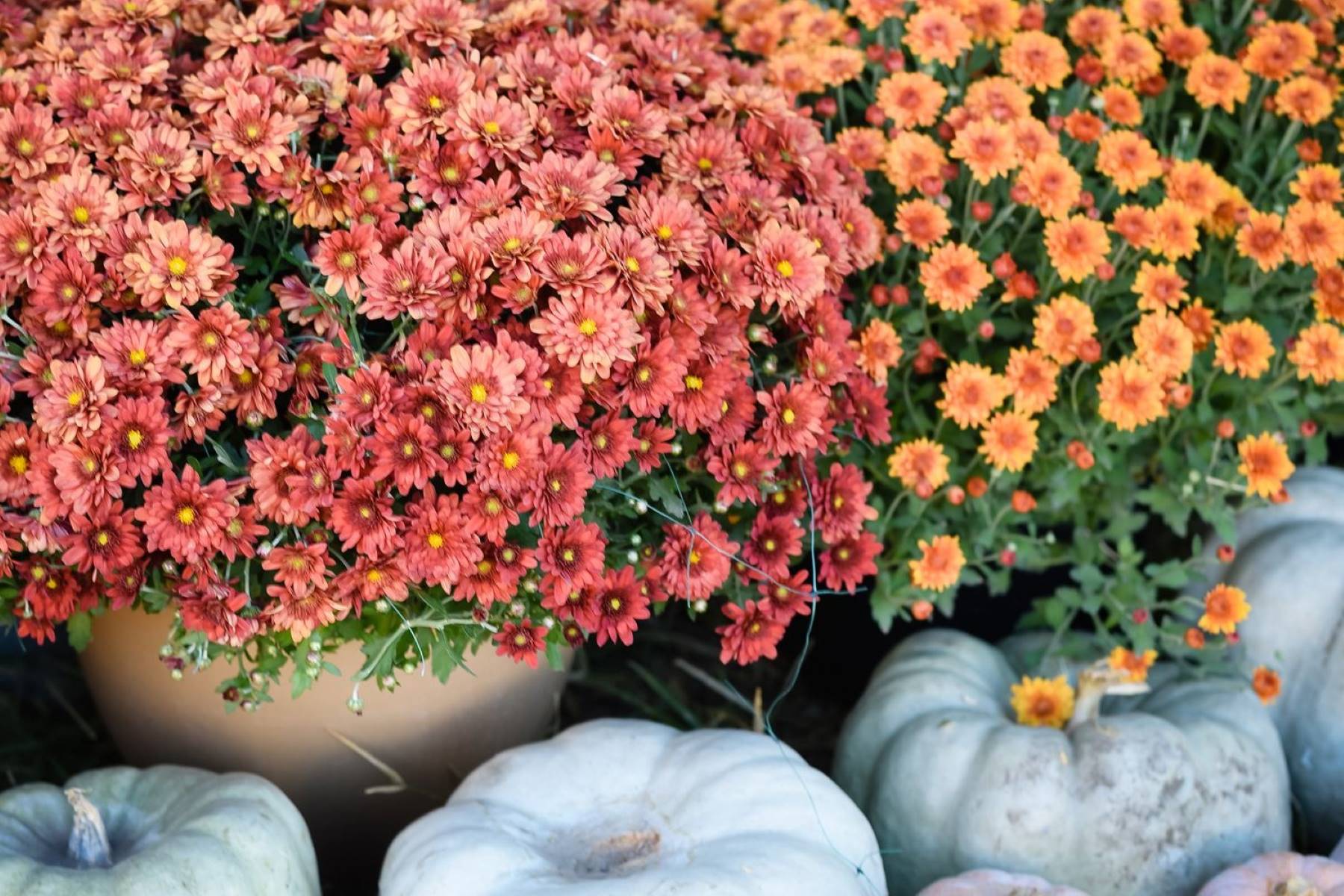
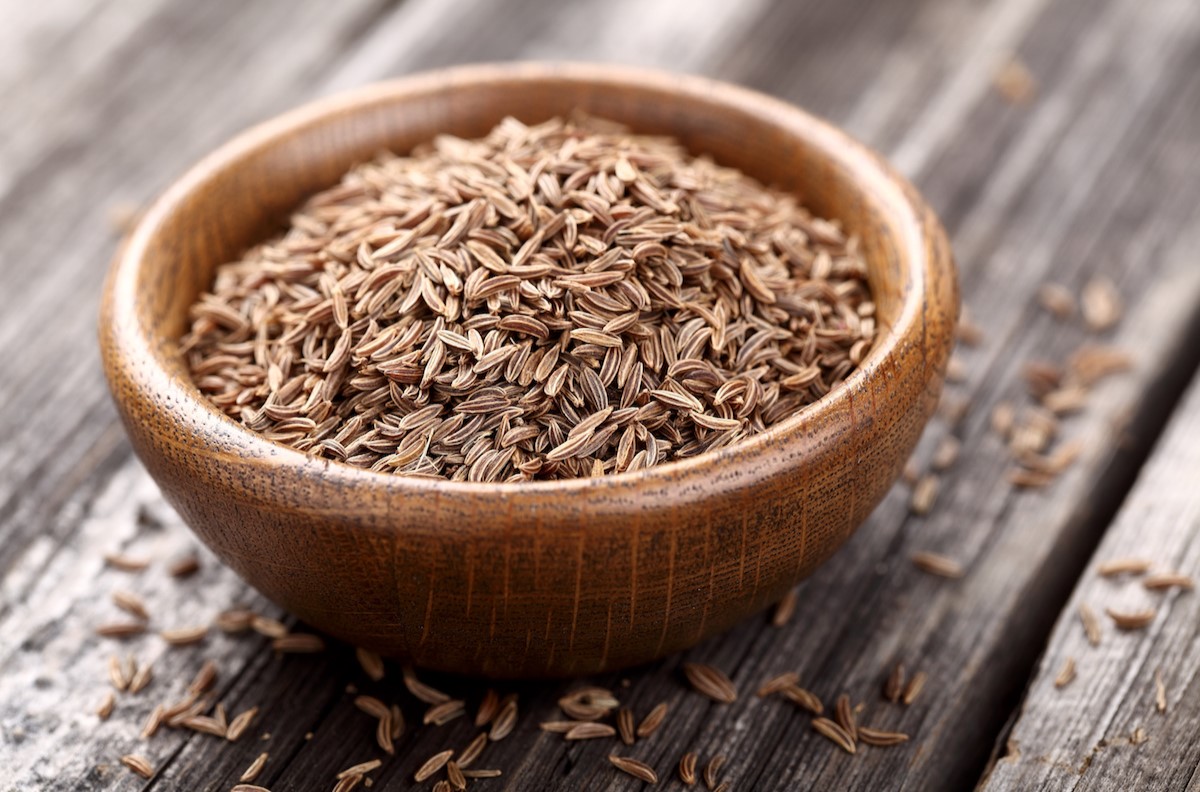

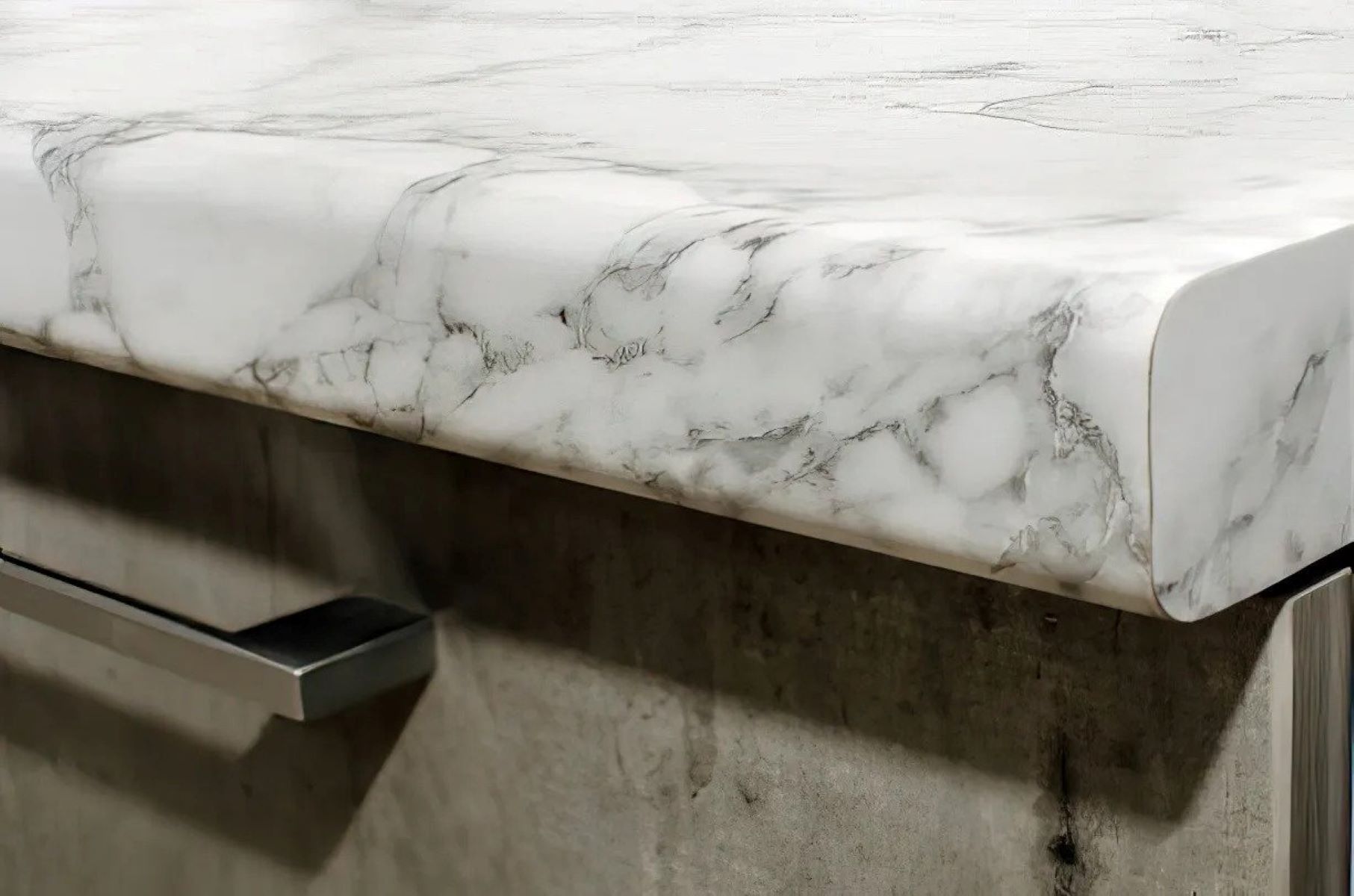

0 thoughts on “How Long Do Rugs Last”